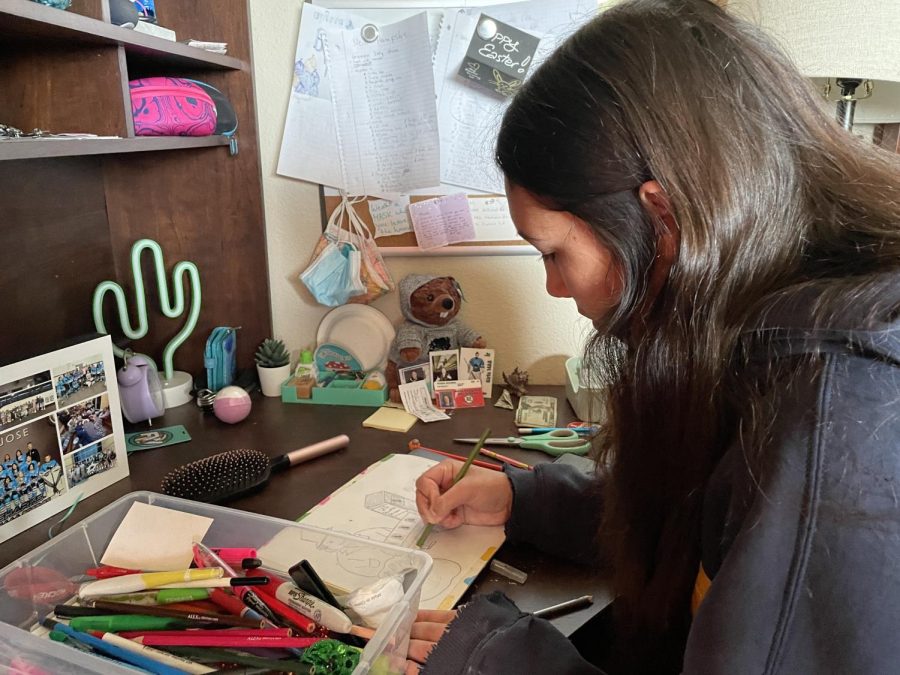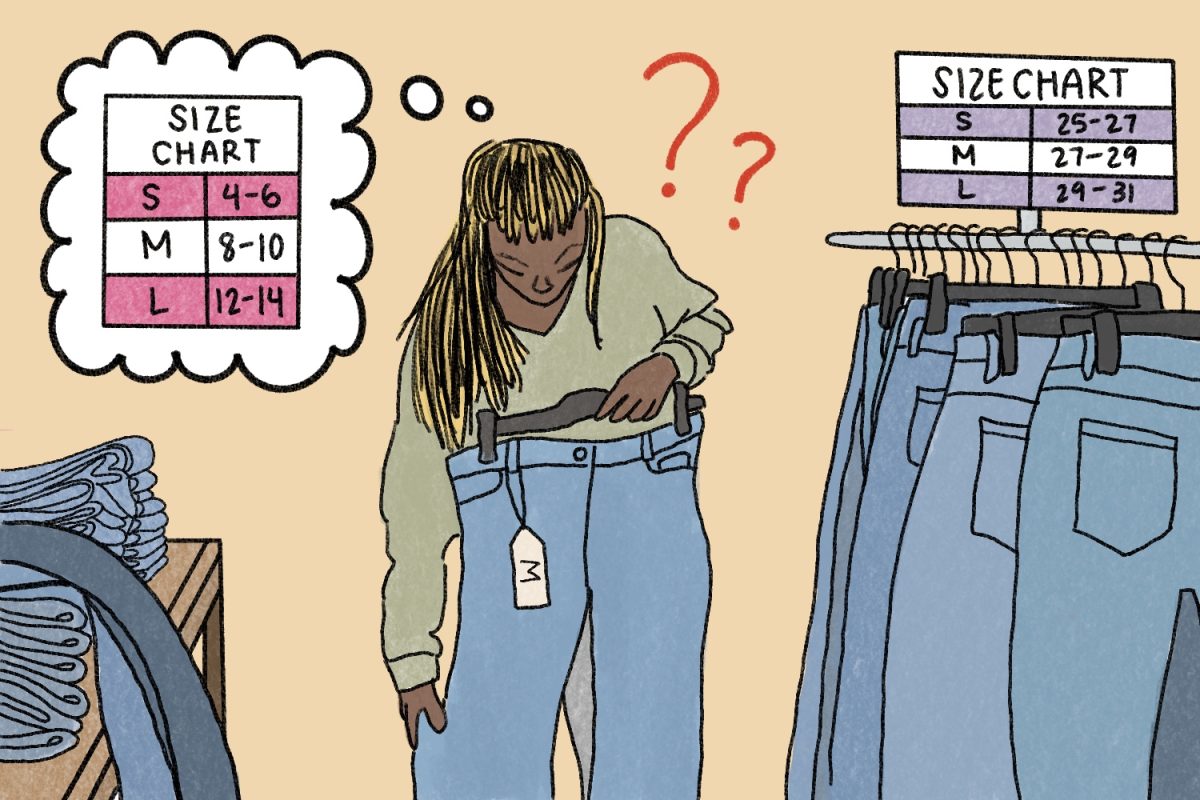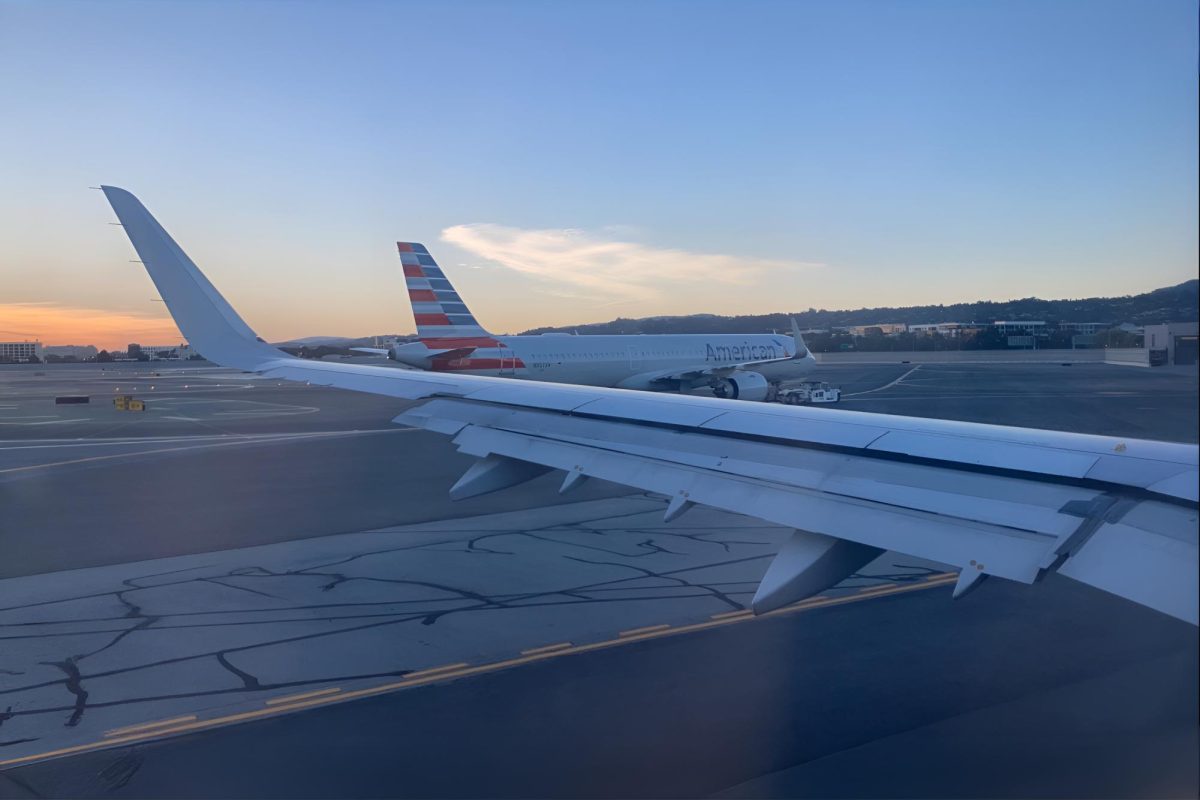COVID-19 forced innovation in many aspects of our educational system. From teachers figuring out the potential of Zoom for lesson plans to students doing what they could to focus while their parents talked loudly on a call in the background, new methods of teaching created a new normal for the 2020-2021 school year.
hese experiences both affirmed that at least some students can have success in an independent study environment, and raise the question of that learning environment’s place in our education system moving forward.
While coming back to in-person learning is the normal lifestyle that many craved and had more success in after that year in isolation, this wasn’t the case for every student. Although school districts shouldn’t limit the potential success of a new normal that independent study offers, they only recognized its potential as a temporary method of dealing with COVID-19.
In California, independent study was a mandated offering for students in the 2021-2022 school year because of the awkward and fluctuating amount of time COVID-19 made many students miss school.
In this avenue of learning, students can speak to their high school counselor to determine if they fit the criteria for independent study. These criteria include: being at risk from participating in in-person learning as determined through a guardian, missing substantial periods of time due to a full-time outside-of-school obligation, and coming to our district from another independent study program.
After speaking with their counselor, qualified students in the Sequoia Union High School District begin learning independently by keeping in contact with independent study teachers at Cañada College. This method of learning allows flexibility for those out of in-person learning for extended periods.
But when COVID-19 cases and the fear around them became less severe as we entered the 2022-2023 school year, California legislators decided to make independent study an optional offering among districts.
COVID-19, however, isn’t the only dynamic force in our society that limits school presence. From disciplinary action to mental health issues, when independent study is eliminated as an option, so is the optimal success of a population better suited to the new normal.
Although pre-existing methods of homeschooling offer an alternative to being in-person every day, this avenue being unrelated to the students’ districted school doesn’t allow easy transitions in and out of in-person learning.
Mandating a personalized and dynamic form of homeschooling is just one way that we as a society can sustain the way a new normal improves education. This growth in equity and fluidity is necessary for supporting those who simultaneously can’t healthily be in in-person learning environments while intending to return. The state should recognize the benefits of this alternative to year-round in-person learning by continuing to mandate it as a district offering.
*This editorial reflects the views of the Scot Scoop Editorial Board and was written by Kiana Hinkson.
The Editorial Board voted 5 in agreement, 3 somewhat in agreement, and 6 refrained from voting.













